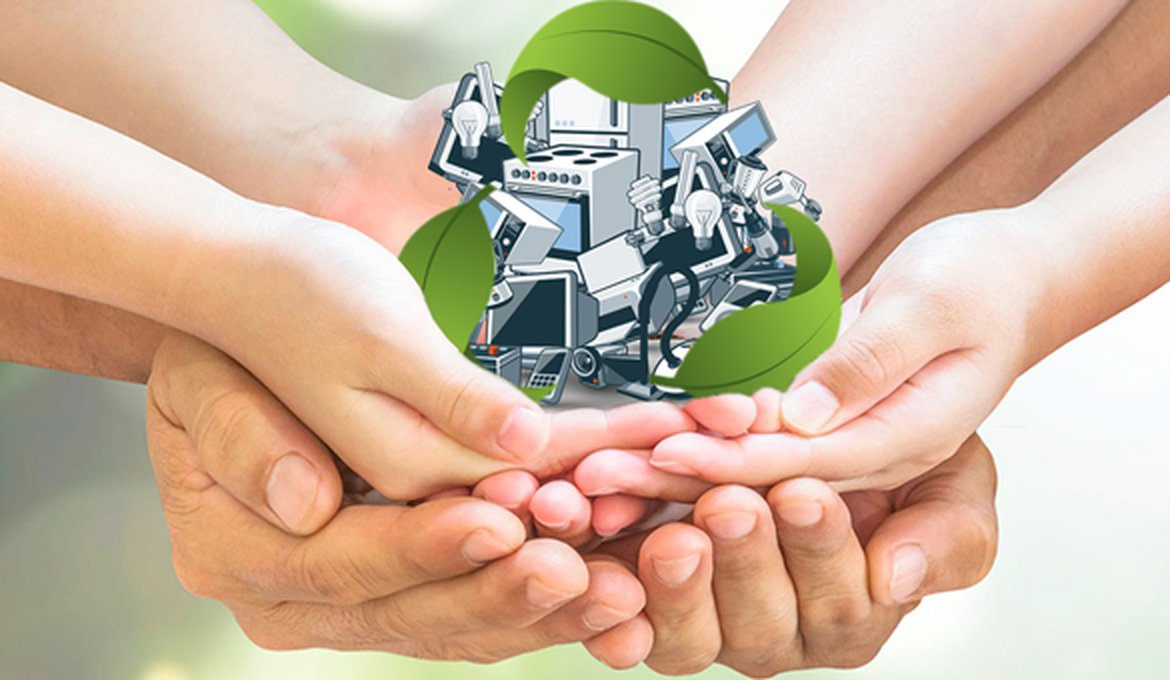save our environment
GRAVITY E-WASTE MANAGMENT
Welcome to Gravity E-Waste Management
Gravty E-waste your trusted partner for e-waste recycling. As leading electronic waste buyers, we are committed to sustainable practices that protect our planet. Our services divert e-waste from landfills, promoting a circular economy and ensuring valuable materials recovery.”
Gravity E-Waste Management, we are committed to providing secure and responsible e-waste recycling services in Bangalore. Our team of experts has extensive experience in handling e-waste, and we strive to ensure that all e-waste materials are safely and responsibly disposed of in accordance with government regulations.

SELL E-WASTE ONLINE


E-waste Disposal ! E waste recyclers in Bangalore
We provide! E-waste collection in Bangalore! E-waste buyer in Bangalore! scraps buyers in Bangalore! e waste disposal Bangalore! battery price per kg

E -Waste Collection centre
Buying all types of batteries from households, companies, industries & education intuitions throughout the India. Bangalore

E-waste scrap buying is a crucial industry in Bangalore as the city is a hub for technology and electronics. As a leading e-waste scrap buyer in Bangalore, our company specializes in purchasing electronic waste materials from various sources such as households, businesses, and government agencies.
our company has the necessary equipment and expertise to properly handle and process a wide range of electronic waste materials including computers, televisions, cell phones, and other electronic devices. You understand the importance of responsible e-waste management and are fully compliant with all regulations and guidelines set forth by the government.
By choosing to work with your company, individuals, businesses and government agencies in Bangalore can have peace of mind knowing that their e-waste is being handled in an environmentally responsible manner and that they are receiving a fair price for their materials.
In addition to e-waste recycling, your company also offers data destruction and certification services to ensure the safe and secure disposal of any sensitive information.
As a responsible e-waste scrap buyer in Bangalore, we are committed to making a positive impact on the environment and helping to create a more sustainable future for the city. By working with your company, individuals and organizations can contribute to the city’s goal of reducing electronic waste and promoting recycling in the region.
electronic waste buyers,E-waste scrap buyer in Bangalore,E-waste buyers in Bangalore,Electronic waste scrap buyer,E-waste disposal services,E-waste management services,E-waste pickup services,Responsible e-waste recycling,Secure data destruction services,IT asset disposition services,E-waste recycling center,E-waste recycling company,Eco-friendly e-waste disposal,Green e-waste recycling,Sustainable e-waste management,Environmentally responsible e-waste recycling,E-waste buyers in Bangalore – E-waste management & Disposal Looking for e-waste buyers for e-waste disposal?search ends here, We will take care of E-Waste collection, management, recycling, disposal in Bangalore e waste buyers in Bangalore, waste collection box, waste collection from home bangalore,e waste home pick up,e waste collection centre near me,sell e waste koramngla ,e waste disposal near me,how to dispose old washing machine,e waste management rules,hazardous waste management,waste collection from home Bangalore e waste company in chennai,online recyclers,waste pickup bangalore,scrap collection from home bangalore,e waste drop box near me,electronic scrap buyers Bangalore,e waste collection centre jp nagar ,e waste collection centre marthalli ,e waste collection centre mg road ,waste pickup bangalore,e waste disposal near me,e waste management,e waste buyers in bangalore,e waste scrap buyers in bangalore,electronic waste buyers in bangalore,e waste disposal indiranagar,waste pickup bangalore,waste collection in bangalore,e waste pickup bangalore,waste pickup service in bangalore,waste collection complaints bangalore,e waste home pickup bangalore,battery scrap buyers in bangalore,battery scrap buyer bangalore,battery scrap price in hyderabad,scrap battery prices per kg in chennai,old laptop battery scrap chennai,battery scrap rate in mumbai,luminous old battery price,old batteries,sell old battery online,how to recycle inverter battery,scrap ups battery price,sell old inverter,ups scrap price,battery scrap price in haryana,today battery scrap rate in delhi,old battery scrap price in kanpur,battery scrap price in pune,scrap battery price in Bangalore,scrap battery prices per kg in india,battery scrap buyers,scrap battery prices per kg in chennai,scrap battery prices per kg in coimbatore,battery scrap price,battery scrap for sale,old battery buyers near me,scrap battery buyers near me,battery scrap buyer near me
"Ready to recycle your e-waste responsibly? Schedule a pickup today!"
Nature knows no waste
Our E-Waste Management Services
We offer a range of e-waste management services, including e-waste disposal, secure data destruction, IT asset disposition, and more. Our services are designed to be convenient and flexible, so you can choose the options that best suit your needs.
At Gravity E-Waste Management, we are committed to providing secure and responsible e-waste recycling services in Bangalore. Our team of experts has extensive experience in handling e-waste, and we strive to ensure that all e-waste materials are safely and responsibly disposed of in accordance with government regulations. organization
Did you know? Computer gold recovery
1 tonne of mobile phones can approximately produce 3.5 kg of silver, 340 Gm of gold, 140 Gm of palladium, and 130 kg of copper of e-waste.
Electronic waste disposal Bangalore
Gravity E waste management services are on conserving the natural resources, extending asset recovery services, enabling reverse logistics and ensuring 100% recycling of E- waste

Recycling Solutions
We help business adopt sustainable and environmentally responsible recycling practices. e waste collection in bangalore




E-WASTE Recycling Process
Testimonials: What Our Customers Say


















